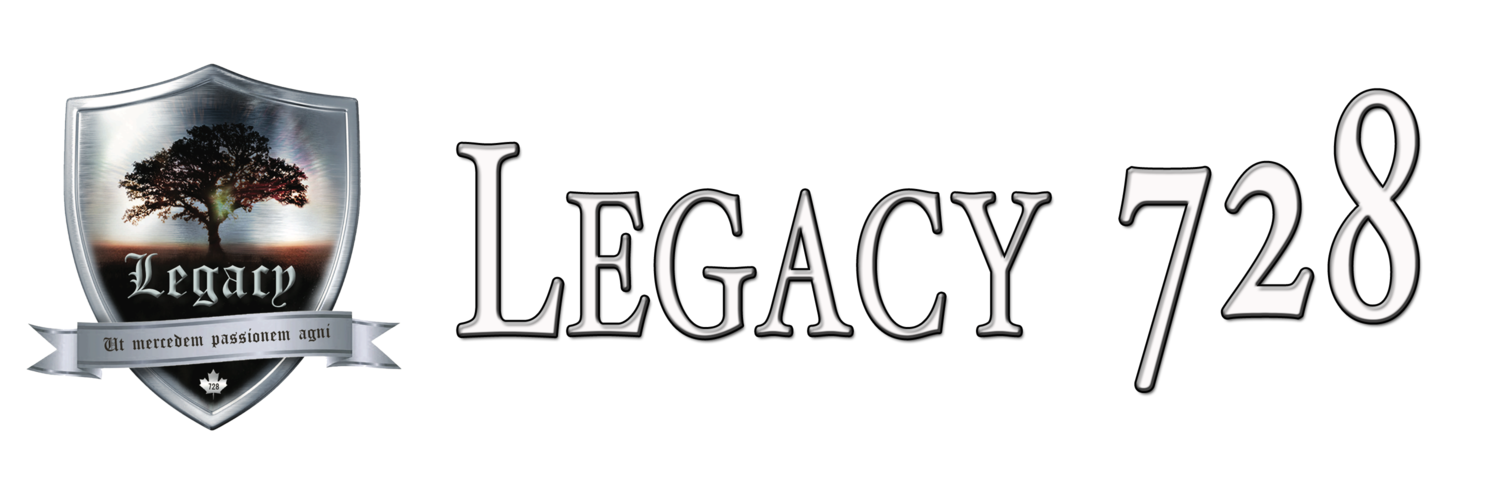Chapter: Wineskins for a New Generation: Why the Church Must Stay Flexible
-By Michael Sitko
Jesus never promised to build our denominations, buildings, or programs—He promised to build His Ekklesia, the living, governing assembly of His people (Matthew 16:18). Everything else? Wineskins.
A wineskin is not the wine. It is the vehicle through which the new wine of the Spirit flows into a generation. Jesus warned that new wine demands new wineskins (Mark 2:22), not because the old ones were evil, but because rigid containers burst under the pressure of expanding life.
What we call “church” today—Sunday services, boards, budgets, and bylaws—are merely wineskins. They are tools, not the treasure. The treasure is the Kingdom of God advancing through a people who reflect heaven’s culture on earth.
The Skeleton and the Flesh
Think of the human body. Two people can share the same skeletal structure—femur, spine, ribcage—yet carry radically different muscle, skin, and weight composition. The skeleton is non-negotiable; it’s the apostolic framework laid in Scripture: the fivefold ministry (Ephesians 4:11), the Lordship of Christ, the mission to disciple nations (Matthew 28:19). But the flesh—the cultural expression, the rhythm, the outreach—must flex with the generations.
The early church met in homes, shared meals, and appointed elders by the laying on of hands (Acts 2:46, 1 Timothy 4:14). That was their wineskin. The 4th-century basilica with pews and priests? A new wineskin for a new empire. The 18th-century Methodist class meetings? A wineskin for industrial England. The Azusa Street Revival’s warehouse gatherings with interracial worship and tongues? A wineskin for 1906 Los Angeles. Each carried the same skeletal truth: Christ is Head, the Spirit empowers, the Kingdom advanced and Christ builds His Church. But the form shifted with the terrain.
When Wineskins Harden
History is littered with burst containers. The Salvation Army began as a militant, street-preaching movement under William Booth—brass bands in pubs, soup kitchens as altars. Apostolic fire. But by the mid-20th century, the uniforms remained, the bands marched, yet the prophetic edge dulled. The wineskin calcified into an institution. What was once a movement became a monument.
Likewise, post-Azusa Pentecostalism exploded with healings and revival. But without intentional apostolic succession, denominations formed, prioritized order over outpouring, and recycled 1906 forms without 1906 fire. The wineskin cracked. The wine leaked.
Flexible Wineskins in Action
Contrast this with Youth With A Mission (YWAM). Loren Cunningham’s apostolic vision birthed a decentralized, disciple-making movement. No central headquarters. No rigid liturgy. Just the skeleton: Go. Disciple. Train. Today, YWAM operates in 180+ nations with bases as varied as Hawaiian surf camps and Mongolian yurts. Same bones. Different flesh. The wineskin bends with the generation.
Bethel Church in Redding, California, offers another example. Bill Johnson’s apostolic leadership, paired with prophetic voices like Kris Vallotton, refuses to enshrine 1990s revival forms. They’ve shifted from conferences to schools, from albums to online training, from local healing rooms to global missions—all while holding the skeleton: Kingdom invasion, fivefold partnership, generational honor. The wineskin stretches. The wine flows.
Building for Change
To avoid stagnation, today’s leaders must:
Discern the skeleton—anchor in apostolic doctrine and fivefold function.
Honor the season—ask, What is God saying now?
Release the form—let go of “how we’ve always done it” when it no longer carries the wine.
Raise successors—apostolic fathers and mothers must impart vision, not just structure.
The church is not a museum of past moves. It’s a living body, advancing. The wineskin must breathe, bend, and—if needed—be replaced. Because the wine is still fermenting. And the nations are waiting.

